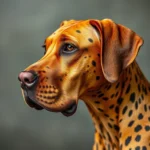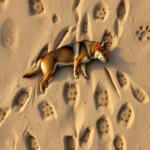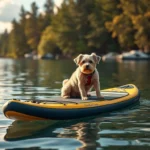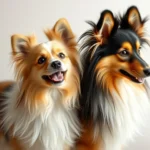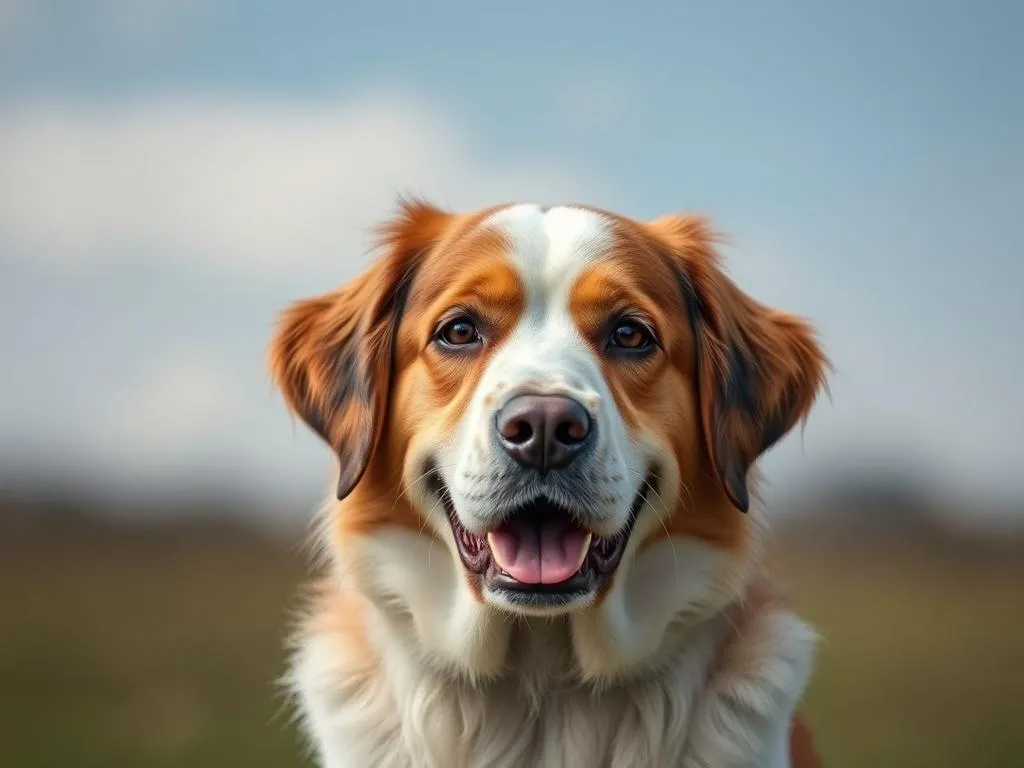
Capturing the essence of our furry friends through photography can be a delightful yet challenging endeavor. Did you know that over 70% of pet owners admit to taking more photos of their pets than of their friends and family? This statistic highlights the importance of how to take pictures of dogs effectively, making every moment with them memorable. For dog enthusiasts and pet owners alike, capturing those spontaneous moments, adorable poses, and silly antics can create lasting memories and even serve as a form of art.
Understanding how to photograph dogs not only allows you to cherish these moments but also helps in sharing their unique personality with others. In this guide, you will learn essential tips and techniques to enhance your dog photography skills, from understanding your dog’s behavior to post-processing your images.
Understanding Your Dog’s Behavior
Observing Your Dog
Before you even pick up your camera, it’s crucial to observe your dog. Every dog has its own personality, and understanding this can significantly improve your photography. Is your dog playful, curious, or a couch potato? Each mood offers unique opportunities for capturing different expressions and actions.
To prepare for your shoot, watch your dog in various situations. During playtime, observe how they interact with toys or other dogs. When they are sleepy, you might find them in cute positions that make for lovely candid shots. Take notes on what makes your dog tick; this will help you capture their true essence.
Choosing the Right Time
The time of day plays a significant role in how to take pictures of dogs. The golden hour, which occurs shortly after sunrise or before sunset, provides soft, flattering light that can elevate your photos. Mid-morning is also ideal, as dogs are often energetic and ready to play.
Additionally, consider your dog’s energy levels. If your pup is more active in the morning, plan your shoot accordingly. Conversely, if your dog is more relaxed in the afternoon, that might be the best time to capture those serene moments.
Preparing for the Shoot
Equipment Essentials
When it comes to gear, choosing the right camera can make a difference in your dog photography. A DSLR or mirrorless camera offers versatility and higher image quality, but a smartphone with a good camera can also do wonders.
Here are some must-have accessories to enhance your shooting experience:
– Lenses: A wide-angle lens is great for capturing your dog in context, while a zoom lens is perfect for candid shots from a distance.
– Tripod: This can help stabilize your camera, especially in low-light conditions.
– Reflectors: Use these to bounce light and eliminate harsh shadows.
Setting the Scene
Choosing the right location can greatly affect your photos. Parks, beaches, or your own backyard can provide diverse backdrops. Pay attention to the background; a cluttered or distracting environment can take focus away from your dog. Opt for simple backgrounds that complement your dog’s colors and personality.
Getting Your Dog Ready
Before the shoot, make sure your dog looks their best. A quick grooming session can help, ensuring that fur is tidy and free of debris. Use treats and toys to capture their attention, making it easier to direct them into the desired poses. A little preparation goes a long way in securing those perfect shots.
Camera Settings and Techniques
Basic Camera Settings
Understanding basic camera settings is vital when learning how to take pictures of dogs. Here are some essential settings to consider:
- Aperture: A lower f-stop (e.g., f/2.8) will create a shallow depth of field, making your dog stand out against a blurred background.
- Shutter Speed: A faster shutter speed (e.g., 1/1000 sec) is crucial for capturing action shots of dogs running or jumping.
- ISO: Adjust your ISO according to the lighting conditions. Higher ISO settings can be used in low light, but be cautious of noise.
Composition Techniques
Good composition is key to taking stunning dog photos. Here are some techniques to master:
- Rule of Thirds: Imagine your frame divided into thirds, both vertically and horizontally. Position your dog at one of the intersections for a balanced and engaging shot.
- Leading Lines: Use natural lines in your environment, such as paths or fences, to draw the viewer’s eye toward your dog.
- Negative Space: Don’t be afraid to leave space around your dog. This can enhance the focus on your subject and create a more artistic feel.
Capturing Action Shots
Dogs are full of energy, and capturing action shots can be incredibly rewarding. To effectively photograph dogs in motion:
– Use continuous shooting mode to take multiple shots in quick succession.
– Anticipate your dog’s movements; knowing their behavior can help you predict where they’ll be in the next moment.
Posing and Directing Your Dog
Getting the Perfect Pose
Encouraging your dog to pose naturally can be tricky. Here are some techniques:
– Use commands like “sit” or “stay” to get them in position.
– Reward them with treats when they hold a pose or look at the camera. This positive reinforcement builds a connection and keeps their attention focused.
Candid vs. Posed Shots
While posed shots are great, candid photos often showcase a dog’s true personality. Be ready to snap away during playtime or while they explore their surroundings. The best moments sometimes happen when you least expect them, so keep your camera handy!
Post-Processing Your Photos
Basic Editing Techniques
Editing can transform your photos from good to great. Here are some options for software:
– Lightroom: Excellent for batch editing and adjustments.
– Photoshop: Offers more advanced editing options for those who want to dive deeper.
– Mobile Apps: There are plenty of user-friendly apps for quick edits on your phone.
Essential adjustments to consider include:
– Cropping: Eliminate distractions and focus on your dog.
– Brightness and Contrast: Enhance the overall look and feel of your images.
– Color Correction: Make sure the colors are vibrant and true to life.
Enhancing Your Images
Experiment with filters and effects to give your photos an artistic touch. However, it’s essential to maintain a natural look; you want your dog to shine through, not the editing software. Subtle adjustments can make a significant difference without overshadowing your subject.
Sharing and Showcasing Your Work
Social Media Tips
Sharing your dog photos on social media can be an enjoyable experience. Instagram and Facebook are excellent platforms for pet photography lovers. Utilize popular hashtags like #DogPhotography, #PetPortraits, and #DogsOfInstagram to reach a broader audience. Engaging with other pet owners can also provide inspiration and community.
Creating a Portfolio
If you’re serious about dog photography, consider creating a portfolio showcasing your best work. Curate a collection of your favorite shots that highlight your style and the unique characteristics of your subjects. You can create a personal website or even share your work through local exhibitions to gain more exposure.
Conclusion
Capturing the personality and essence of dogs through photography is a rewarding experience. By understanding your dog’s behavior, preparing adequately, mastering camera settings, and practicing composition techniques, you can create stunning images that showcase their character. Remember to balance posed shots with candid moments to truly reflect their personality.
Encourage yourself to practice regularly and experiment with different techniques. The more you shoot, the more you’ll learn about how to take pictures of dogs effectively. So grab your camera, head out with your furry friend, and start capturing those unforgettable moments!



